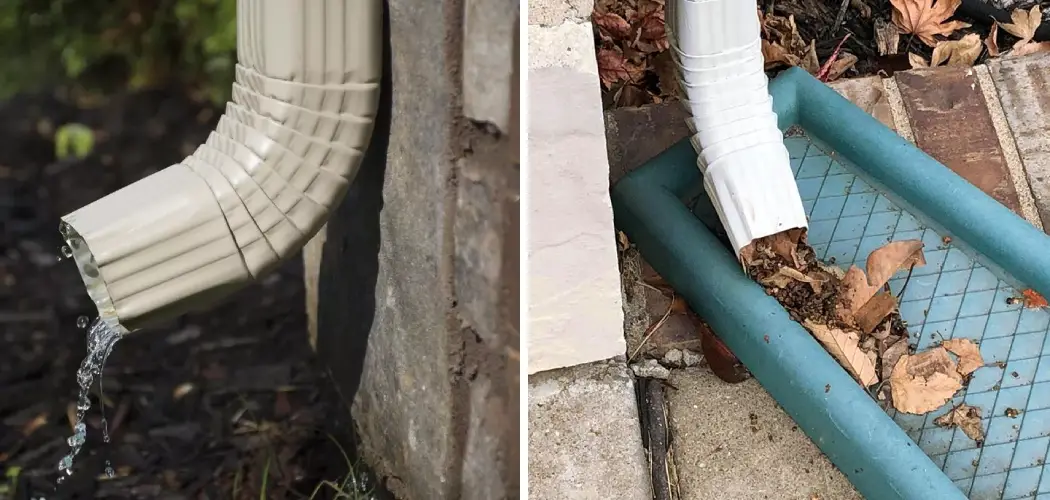When it rains, the last thing most of us want to deal with is a clogged rain drain. Unfortunately, this issue occurs far too often in homes due to inadequate gutter maintenance and improper debris disposal that can clog your drains. If you’re concerned about what might happen if your drain gets blocked or overflowing water causes damage to the structure of your home, then the fear alone could be enough to send shivers down any homeowner’s spine!
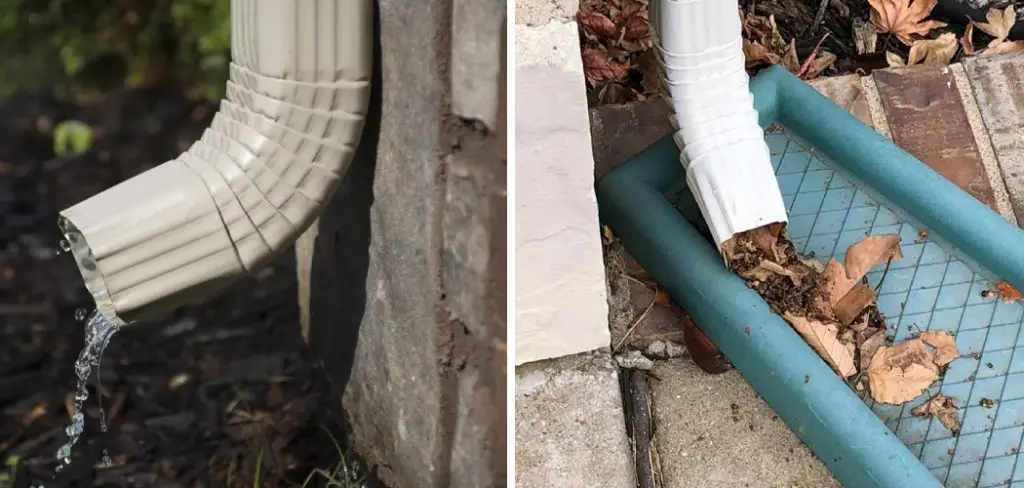
However, don’t panic just yet; there are ways you can quickly and efficiently unclog a rain drain while avoiding costly repairs. Read on for essential strategies on how to unclog rain drain and keep them running smoothly all year round without breaking the bank!
Necessary Items
Before you can begin unclogging your rain drains, make sure you have the following items handy:
- Ladder
- Safety Gear (gloves and goggles)
- Garden Hose
- Plumbing Snake
- Bucket or Tarp
10 Steps on How to Unclog Rain Drain
Step 1: Inspect Your Gutters
The first step to unclogging your rain drain is inspecting your gutters. You’ll need a ladder to climb up and examine the gutter’s condition, as well as check for any debris or blockages. Make sure to wear safety gear such as gloves and goggles for protection.
Step 2: Clear Out Any Debris
Using your hands or a garden trowel, remove any debris blocking the gutters. This can include leaves, twigs, branches, and even small animals like birds or rodents that may have made their home in your gutter. Dispose of the debris in a bucket or tarp placed on the ground.
Step 3: Flush With Water
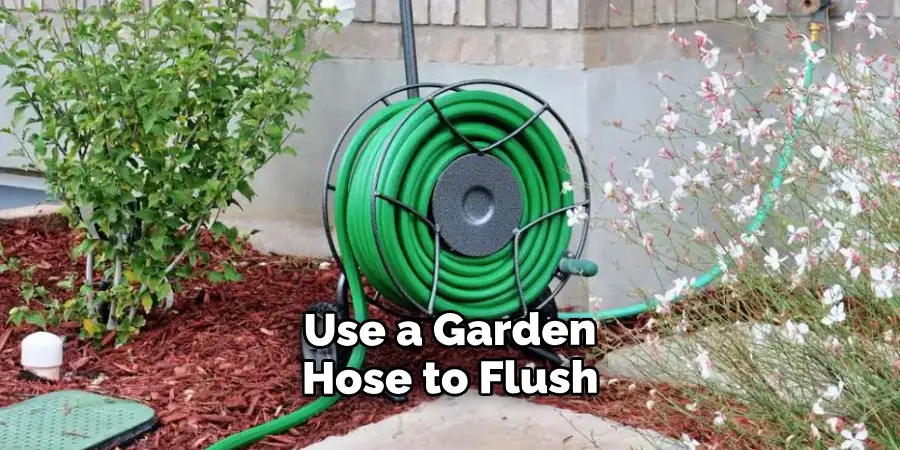
Once you’ve cleared any visible debris, use a garden hose to flush the remaining dirt and grime from your gutters. This will help loosen any stubborn blockages and wash away smaller particles that may have been missed during the initial cleaning.
Step 4: Use a Plumbing Snake
If you’re still experiencing clogging, you can use a plumbing snake to clear out any remaining debris. Insert the snake into your drain and twist it around until you feel the blockage loosen. Then, flush with water again to rinse out any loosened debris.
Step 5: Check for Any Damages
While inspecting your gutters, take note of any damages or weak spots that may cause future clogs. Repair or replace these areas as needed to prevent further issues.
Step 6: Trim Trees and Shrubs
To prevent future clogs, consider trimming any trees or shrubs that may be hanging over your gutters. This will help reduce the amount of debris that falls into your gutters during heavy rains.
Step 7: Install Gutter Guards
Installing gutter guards can also help prevent clogs by keeping debris out of your gutters while allowing water to flow freely. These guards can be purchased at most home improvement stores and are relatively easy to install.
Step 8: Regularly Clean Your Gutters
Prevention is vital when it comes to unclogging rain drains. Make sure to regularly clean your gutters, at least twice a year, to avoid debris build-up. This can also help prolong the lifespan of your gutters and prevent costly repairs.
Step 9: Dispose of Debris Properly
When cleaning out your gutters, dispose of any debris properly. Don’t just throw it into your yard or down the street drain. This can contribute to clogged drains and cause issues for your neighbors.
Step 10: Consider Professional Help
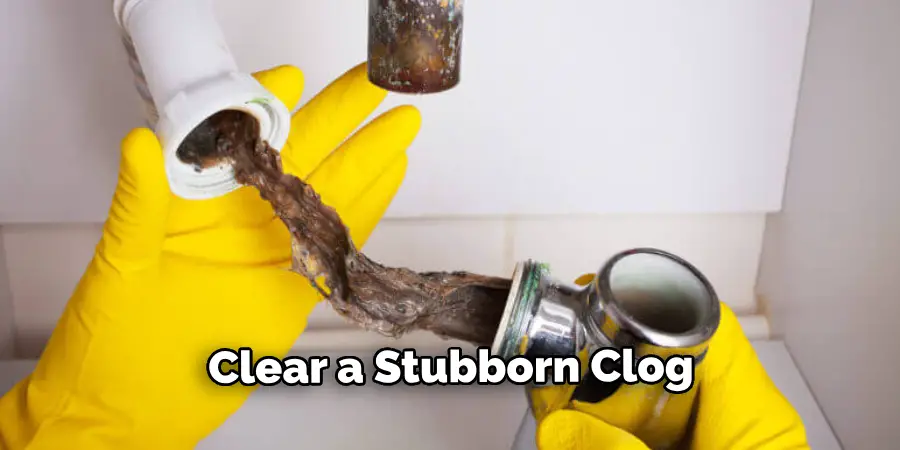
If you cannot clear a stubborn clog or feel uncomfortable working on your gutters, consider hiring a professional. They have the equipment and expertise to handle more complicated clogs and ensure your gutters are in good working condition.
Clogged rain drains can be a headache for homeowners, but by following these steps and regularly maintaining your gutters, you can prevent clogs and avoid expensive repairs. Remember always to prioritize safety when working on your gutters and consider seeking professional help if needed.
Keep your rain drains clear and functioning correctly to protect the structure of your home and avoid unnecessary stress during rainy seasons. So, the next time it rains, you can relax knowing that your rain drains are appropriately maintained and ready to handle any water.
8 Safety Measures
1. Wear Protective Gear
Safety should always be your top priority when working on your rain drains. Make sure to wear gloves and goggles to protect yourself from debris, mold, and bacteria that can be found in clogged gutters.
2. Use a Sturdy Ladder
When climbing your gutters, use a sturdy ladder placed on level ground. Have someone hold the base for extra stability, and never lean too far over to one side.
3. Be Mindful of Power Lines
If your gutters are near power lines, avoid touching them while working. Contact a professional to handle the issue if necessary.
4. Use Caution on Roof Surfaces
When accessing your gutters from the roof, be careful not to slip or fall off. Wear non-slip shoes and use a safety harness if possible.

5. Be Aware of Surroundings
Before starting work on your gutters, assess the surrounding area for potential hazards, such as unstable ground or nearby objects that may impede your work.
6. Avoid Overreaching
Never overreach or lean too far when working on your gutters. It’s better to reposition your ladder or move to a different area than risk falling.
7. Keep Children and Pets Away
To prevent accidents, keep children and pets away from the area where you’re working on your gutters. Consider having someone watch them indoors while you work.
8. Seek Professional Help if Needed
If you feel uncomfortable or unsafe working on your rain drains, don’t hesitate to seek professional help. It’s always better to avoid potential injuries and have the job done correctly by an experienced individual.
Keep these safety measures in mind when unclogging your rain drain for a stress-free and accident-free experience. So, follow these steps, take necessary precautions, and enjoy clean and functional rain drains throughout the year. Happy cleaning!
Frequently Asked Questions
Do I Need to Clean My Gutters if I Have Gutter Guards Installed?
Yes, it’s still important to regularly clean your gutters, even with gutter guards in place. While they can help prevent larger debris from entering your gutters, smaller particles and dirt can still build up and cause clogs.
How Often Should I Clean My Gutters?
It’s recommended to clean your gutters at least twice a year, in the spring and fall. However, if you live in an area with heavy rainfall or have a lot of trees near your home, clean them more frequently.
Can Clogged Rain Drains Cause Damage to My Home?
Yes, clogged rain drains can cause damage to your home if left untreated. Water can overflow and seep into your foundation or walls, causing water damage and potential mold growth. This can lead to costly repairs and health hazards. So, it’s essential to maintain your gutters to prevent any issues regularly.
Where Should I Dispose of Debris from My Gutters?
Properly disposing of debris from your gutters is essential to prevent clogs and environmental pollution. You can compost leaves and other organic materials or dispose of them in a designated green waste bin. Other debris, such as roof shingles, should be disposed of at a local landfill. Always check with your city’s waste management guidelines for proper disposal methods.
Should I Hire a Professional to Clean My Gutters?
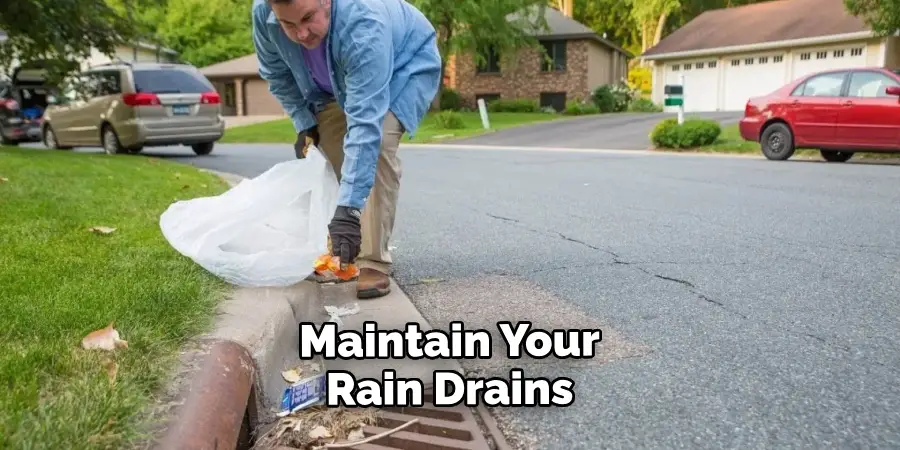
If you’re uncomfortable or unable to clean your gutters, consider hiring a professional. They have the necessary expertise and equipment to maintain your rain drains and ensure they function correctly properly. It’s also essential to seek professional help if you encounter stubborn clogs that require specialized tools or techniques. Remember that safety should always come first, so don’t hesitate to seek professional assistance.
Conclusion
To conclude, it’s essential to stay on top of the maintenance of rain drains to keep them free-flowing and working correctly. A few minutes every season to cleanse your drains can save you from a costly mess.
Why not take advantage now and follow our simple steps on how to unclog your rain drain — it’s as easy as one, two, three! Don’t let overwatered lawns and pesky mosquitoes ruin the summer fun — get proactive today. In no time, you’ll be celebrating a clear drain and water-free yard with that much more enthusiasm.
By following these steps on how to unclog rain drain, you can keep your gutters well-maintained and avoid costly repairs. Remember to prioritize safety and regularly clean your rain drains to ensure proper functioning. Consider seeking professional help and properly dispose of debris to prevent clogs and environmental damage.
Maintaining your gutters may seem tedious, but it’s an essential aspect of home maintenance that can save you time, money, and stress in the long run. So, take the necessary steps to keep your rain drains clear and enjoy a safe and functional home all year round.

